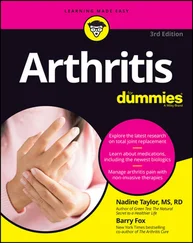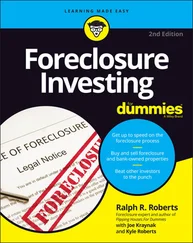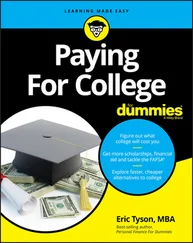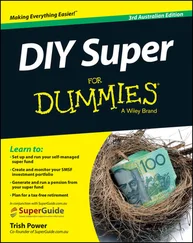On the surface, dealing with fine hair seems easy enough. One look at those silky strands lying so neatly next to the scalp and you automatically have the urge to cut a smooth, one-length bob. However, most fine-haired beauties already know that their hair can look fabulous in a one-length bob because they’ve worn one for most of their lives.
Many people with straight, silken strands hope that you’re the haircutter who can change the very nature of their hair by transforming it into a full-bodied mane that naturally lifts away from their head and coils around their fingers. Silly? Perhaps. Do many people with fine hair really hope you can transform their hair with a haircut that isn’t a bob? Absolutely.
When discussing fine hair options, firmly guiding people toward more down-to-earth yet interesting hairstyles will allow you to give them something new that works well for their hair texture and their personal style.
Medium hair is the one texture that you can have a field day with, as it’s suitable for most cuts and styles. It isn’t as flat as fine hair, can still be silky when coaxed, and readily assumes a fuller appearance when styled properly.
Cozying up to coarse hair
Coarse hair is the strongest and most resistant texture. Like a strong-willed child, your best haircutting results come from using its innate characteristics to create well-behaved strands.
Coarse texture has many wonderful qualities that you can incorporate into your hair designs. It has natural lift and frequently has a thicker hair density. Coarse hair excels when cut into a one-length lob (long bob) because the length and weight of the hair make it take on a smoother appearance, while still looking full and lush. Stylish layered pixies also receive a big checkmark in the coarse hair category because they can add a thick and chunky finish to the hair. Spiky hairstyles are also the perfect match for coarse hair. And even though it requires a hotter styling iron to literally bend it to your will, coarse hair has great style retention and looks amazing in tousled hairstyles that won’t disappear at the stroke of midnight.
Hair type identifies the shape of the of the hair, which can range from 1A (stick straight) to 4C (coily).
Assessing and learning about your hair type and those sitting in your chair can be an illuminating journey that will not only make you a smarter haircutter, but a wiser one as well. Suddenly things you didn’t understand about hair — like why it frizzes or has a Z-shaped coil pattern — suddenly make sense. Hair typing is most important for very curly and coily hair and, to a lesser degree, wavy hair.
 GIVING HAIR AID
GIVING HAIR AID
The one hair miracle that you call textures comes in the form of a wide array of styling aids. Products like dry shampoos, root lifters, and texture products that bulk up the hair enable those with silky strands to flaunt fuller locks. Coarser hair textures can be calmed and smoothed by using stronger styling aids and nourishing hair oils that help to control the hair, eliminate frizz, and encourage the hair to calm down. ( Chapter 18, “Handling the Sticky Stuff,” shares the full scoop on styling aids and the best ways to use them.)
 The golden rule for creating carefree styles is to never pick a fight with Mother Nature. This means shying away from doing a sleek look on wiry hair, or expecting silky, straight hair to suddenly develop spring-loaded curls. The wisest choice involves maximizing the strengths, while minimizing the drawbacks of all hair types.
The golden rule for creating carefree styles is to never pick a fight with Mother Nature. This means shying away from doing a sleek look on wiry hair, or expecting silky, straight hair to suddenly develop spring-loaded curls. The wisest choice involves maximizing the strengths, while minimizing the drawbacks of all hair types.
 Hair types are mentioned throughout this book for both haircuts and styles. To avoid wasting time and needless frustration, I recommend that you dog-ear or bookmark this page.
Hair types are mentioned throughout this book for both haircuts and styles. To avoid wasting time and needless frustration, I recommend that you dog-ear or bookmark this page.
The following hair typing information in Figure 4-1 and Table 4-1is inspired by the original system created by Andre Walker, beauty entrepreneur and former personal stylist to Oprah Winfrey. The system I have included in this book is an augmentation of his chart, with more detailed breakdowns of hair types 1A through 4C.
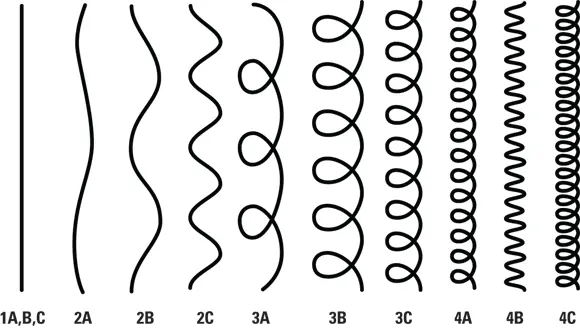
© John Wiley & Sons, Inc.; Illustration by Rashell Smith
FIGURE 4-1:Hair typing.
TABLE 4-1Hair Typing Chart
| Hair Type |
Category |
Characteristics |
| 1A |
Straight |
Super straight; lies flat; lacks the body to perform many of your styling commands |
| 1B |
Straight |
Accepts and holds (less) defined curls; tends to revert back to a straight state within a few hours |
| 1C |
Straight |
May have faint waves when wet; dries straight; retains defined curl or blow-dry shapes better than 1A or 1B; tends to frizz in humid conditions |
| 2A |
Wavy |
Loose waves; mostly straight at the roots; S-shaped waves form midway down the hair shaft to ends; excellent for tousled styles; can develop frizz in humid conditions |
| 2B |
Wavy |
More defined waves; mostly straight at the roots; forms more defined S-shaped waves midway down the hair shaft to ends; tends to frizz in humid conditions; excellent for air-dried and heat-formed styles |
| 2C |
Wavy/Curly |
Defined waves from roots to ends; prone to frizz throughout the hair; requires tension when heat styling into a smoother shape; moderate shrinkage when dried |
| 3A |
Loose Defined Curls |
Loose curls from roots to ends; noticeably lifts away from the scalp; responds well to smoothing products; can develop frizz throughout the hair; excels at controlled air-dried and finger styles; moderate shrinkage when dried |
| 3B |
Strong Defined Curls |
Springy curls varying from ringlets to corkscrews; voluminous whether thick or thin; tends to be dense; tends to dry frizzy; requires special hair care and styling aids; noticeable shrinkage when dried |
| 3C |
Corkscrew Curls |
Tight corkscrew curls; tends to be voluminous; requires special hair care and styling aids; pronounced shrinkage when dried |
| 4A |
Curly/Coily |
Densely packed, springy curls and coils; fragile; voluminous; requires special hair care and daily use of styling aids; significant shrinkage when dried |
| 4B |
Coily |
Densely packed; coils bend at sharp Z-shaped angles; extremely fragile; voluminous; requires special hair care and daily styling aids; extreme shrinkage when dried |
| 4C |
Extremely Coily |
Densely packed; similar to 4A but with less definition; can be soft or wiry; extremely fragile; requires special hair care and styling aids; most extreme shrinkage when dried |
In the Thick of It: Hair Density
Hair density or hair thickness is determined by the number of strands per square inch (2.5 centimeters) on the scalp. Some people confuse texture (circumference of the strand) with density. Common misconceptions include someone with coarse hair (which has the largest circumference) being assessed with having thick hair, or someone with fine hair being assessed as having thin hair.
Читать дальше

 GIVING HAIR AID
GIVING HAIR AID The golden rule for creating carefree styles is to never pick a fight with Mother Nature. This means shying away from doing a sleek look on wiry hair, or expecting silky, straight hair to suddenly develop spring-loaded curls. The wisest choice involves maximizing the strengths, while minimizing the drawbacks of all hair types.
The golden rule for creating carefree styles is to never pick a fight with Mother Nature. This means shying away from doing a sleek look on wiry hair, or expecting silky, straight hair to suddenly develop spring-loaded curls. The wisest choice involves maximizing the strengths, while minimizing the drawbacks of all hair types.

